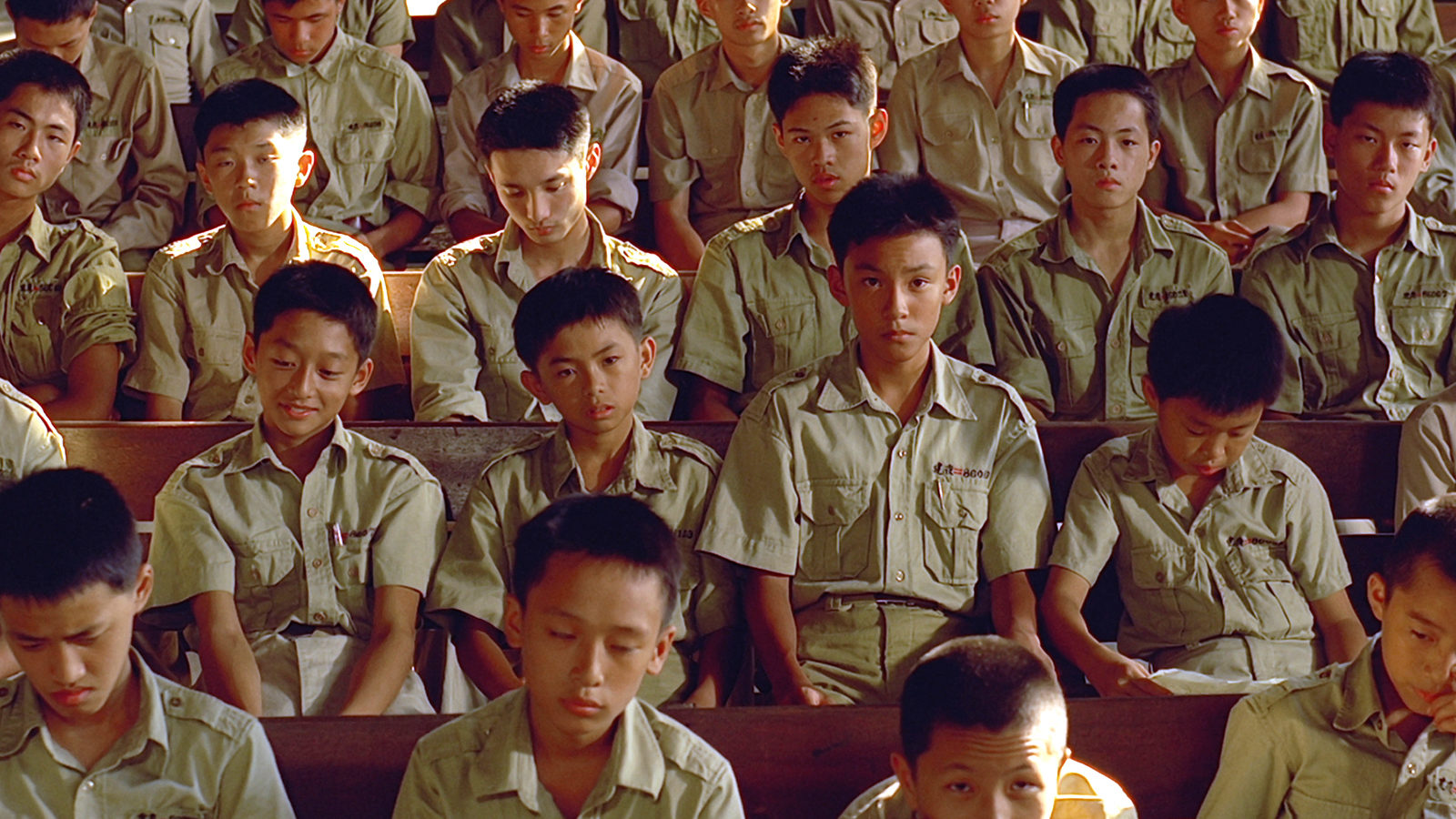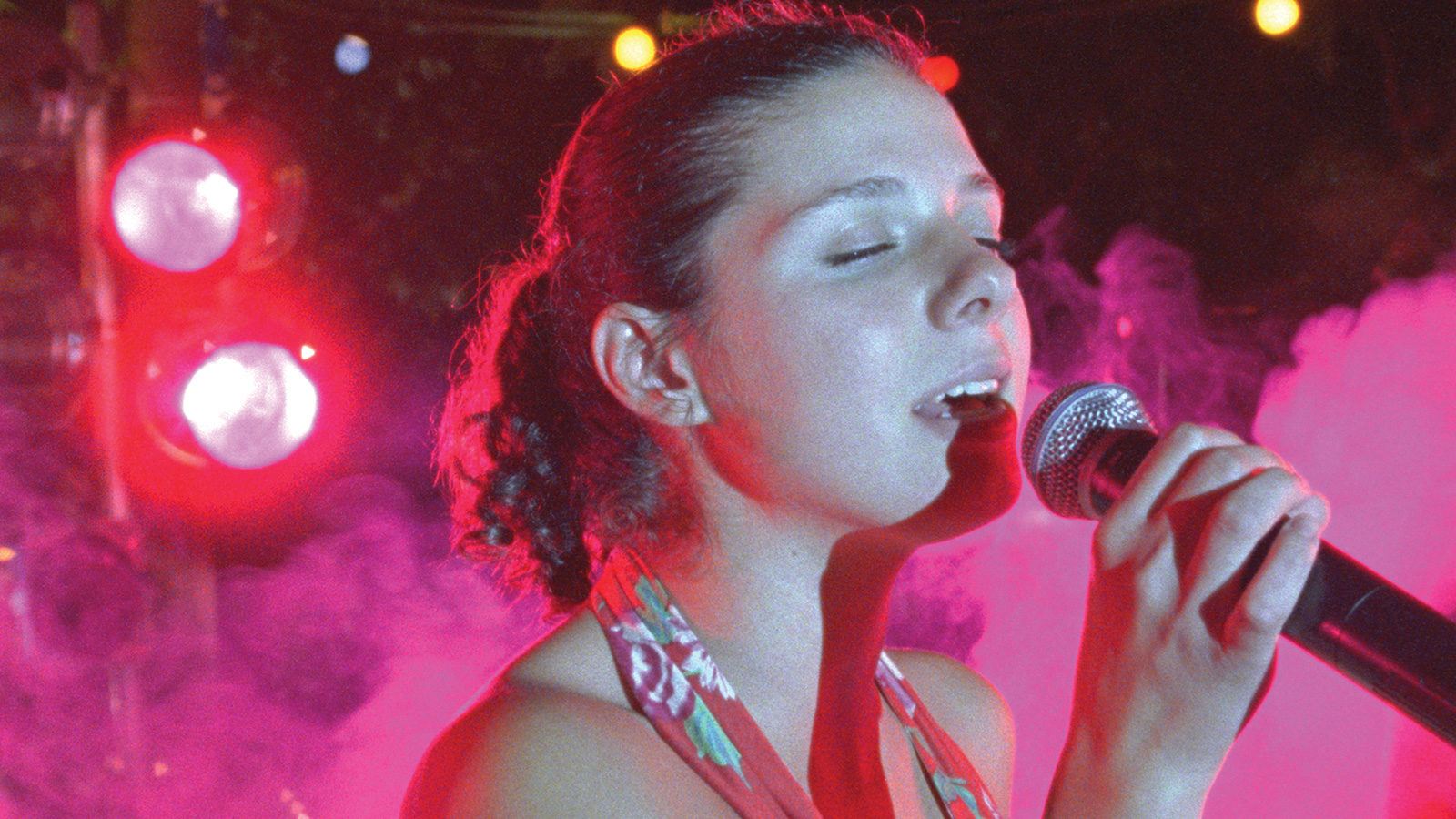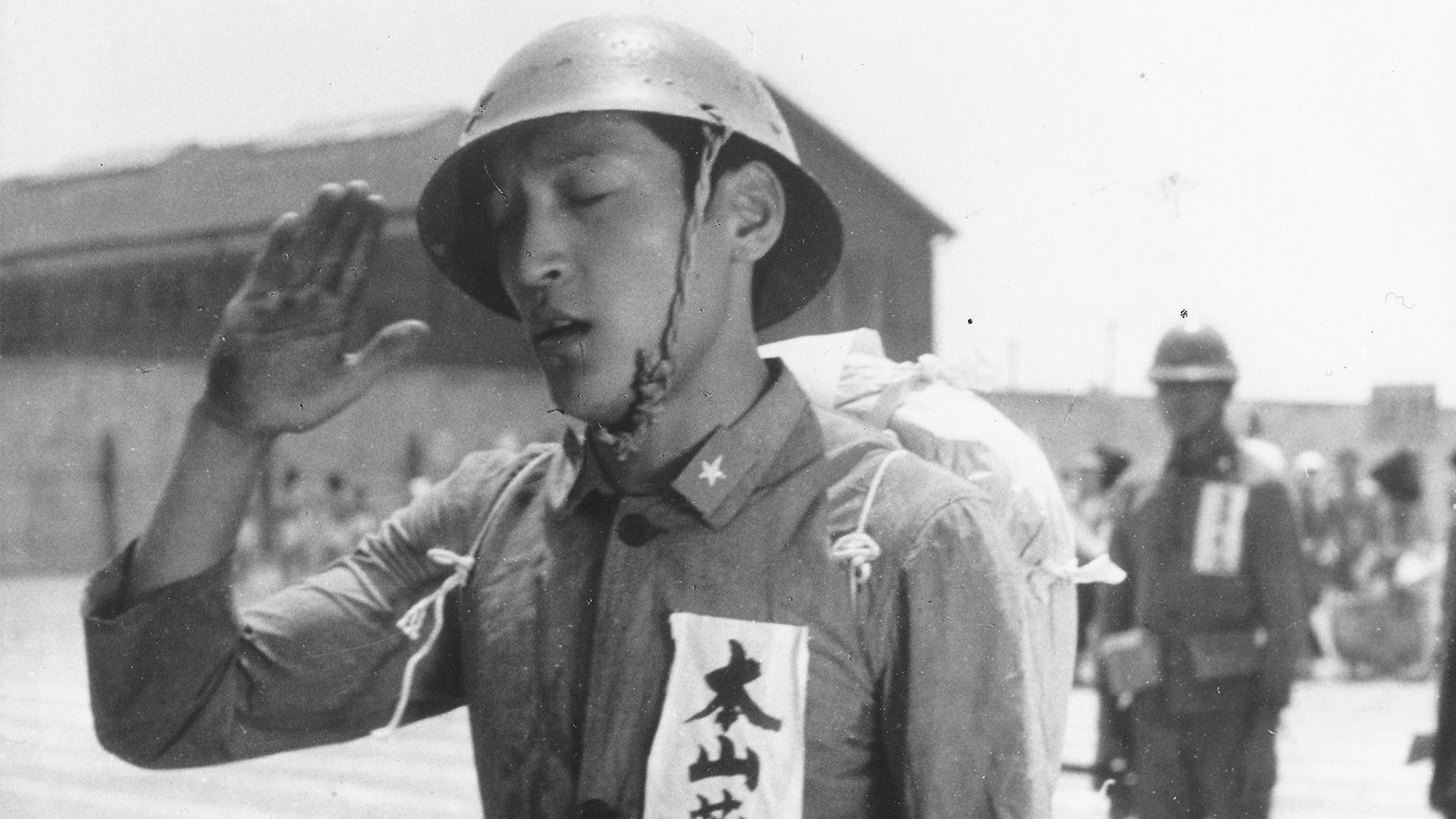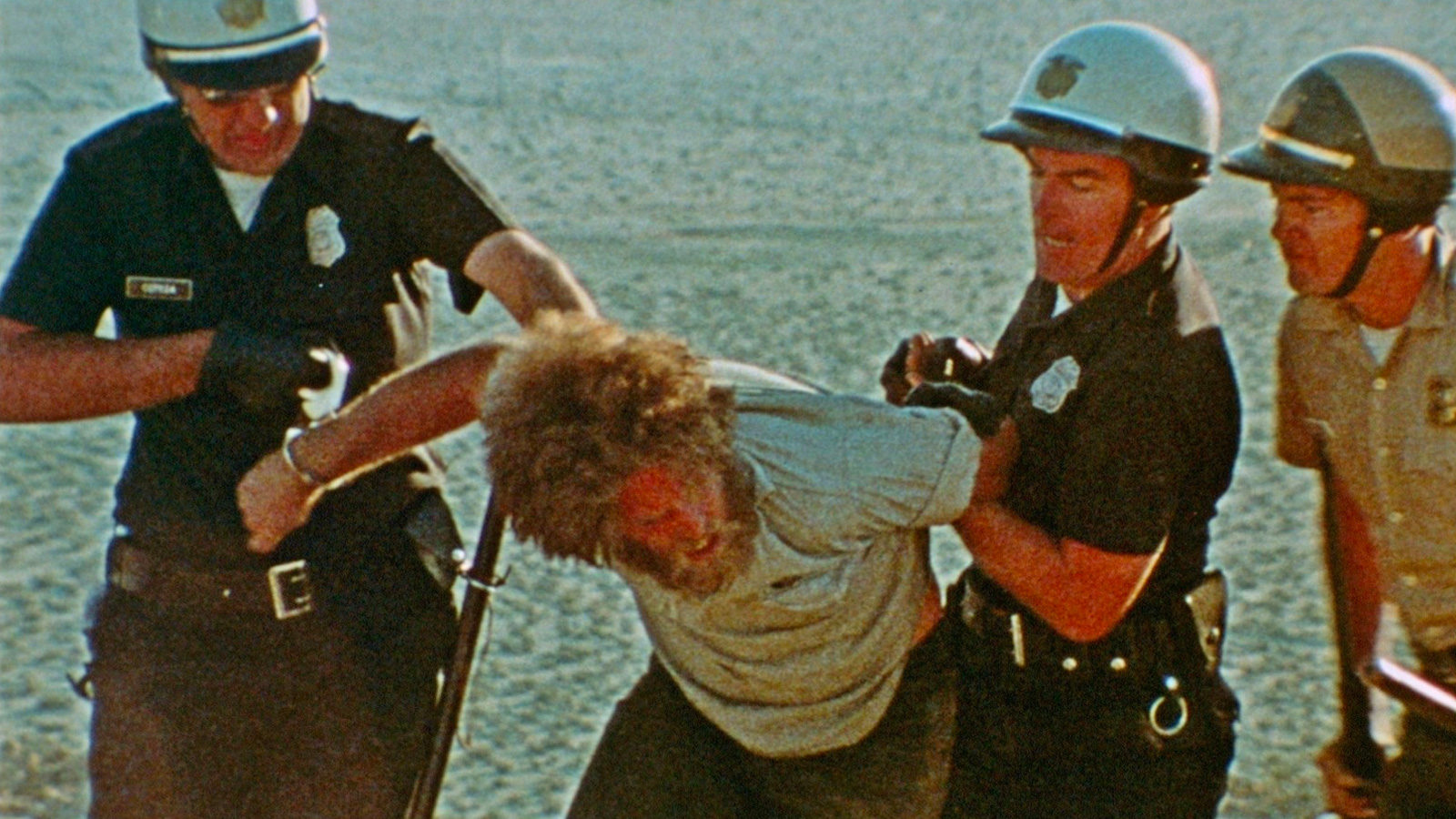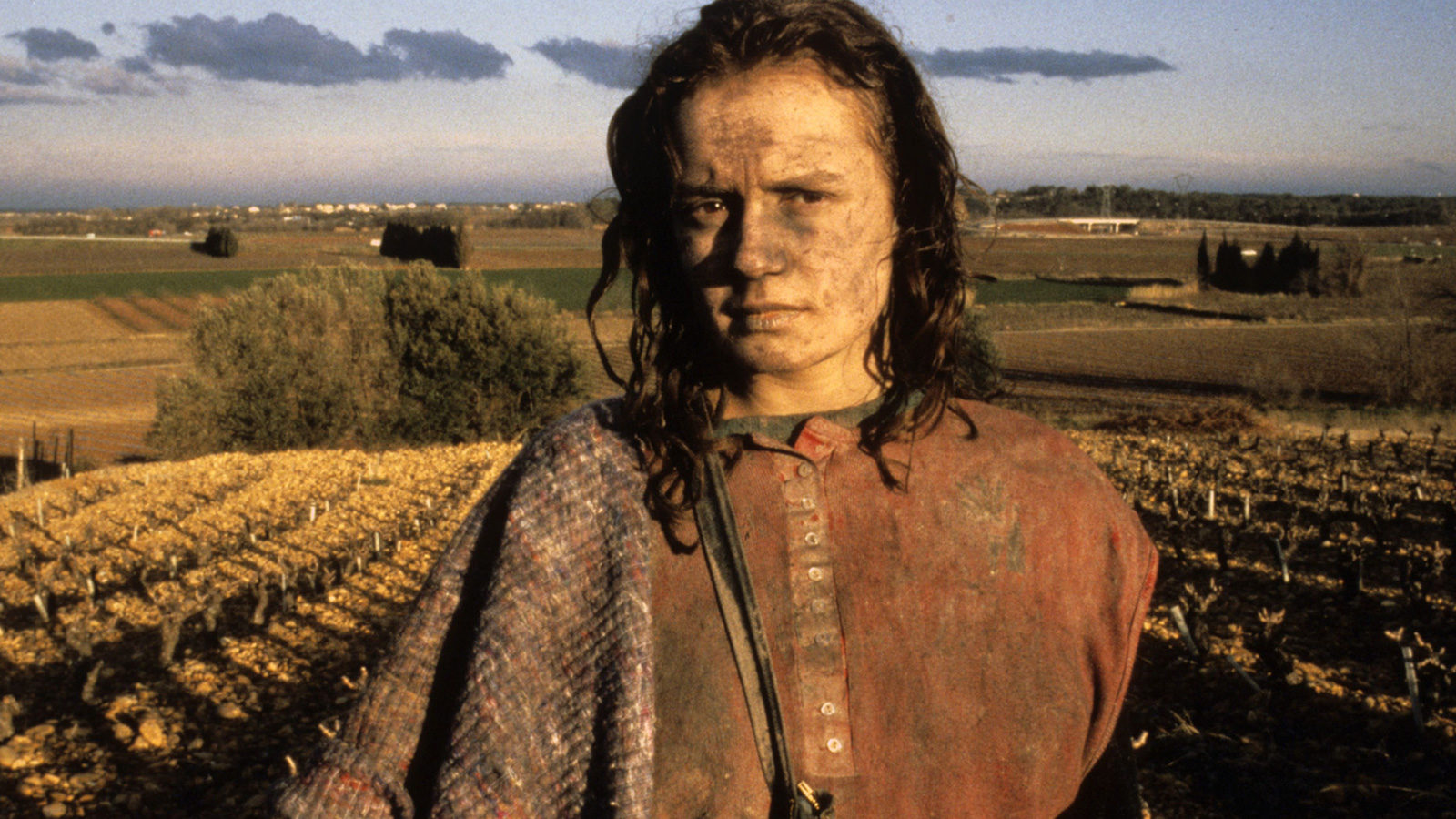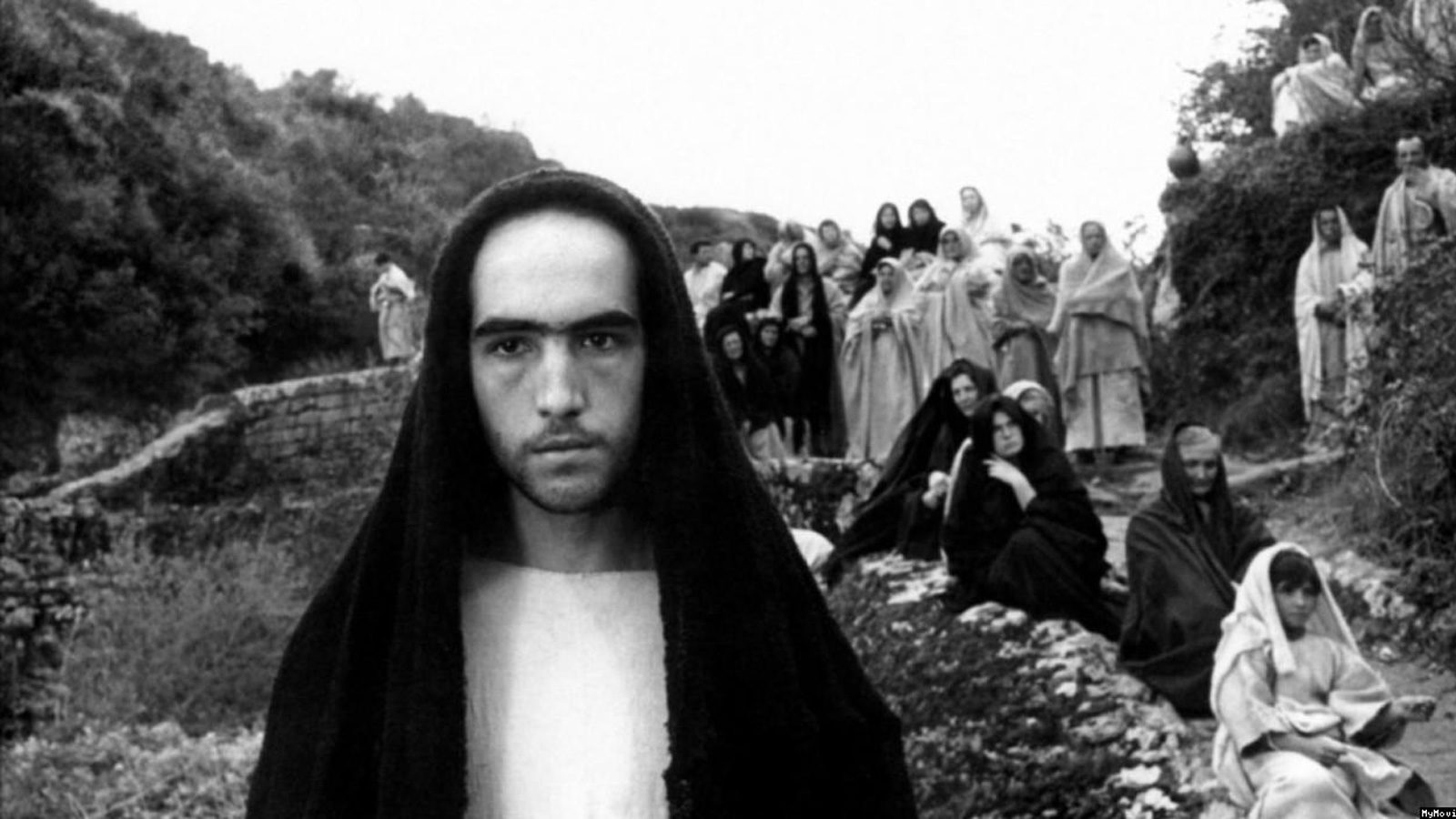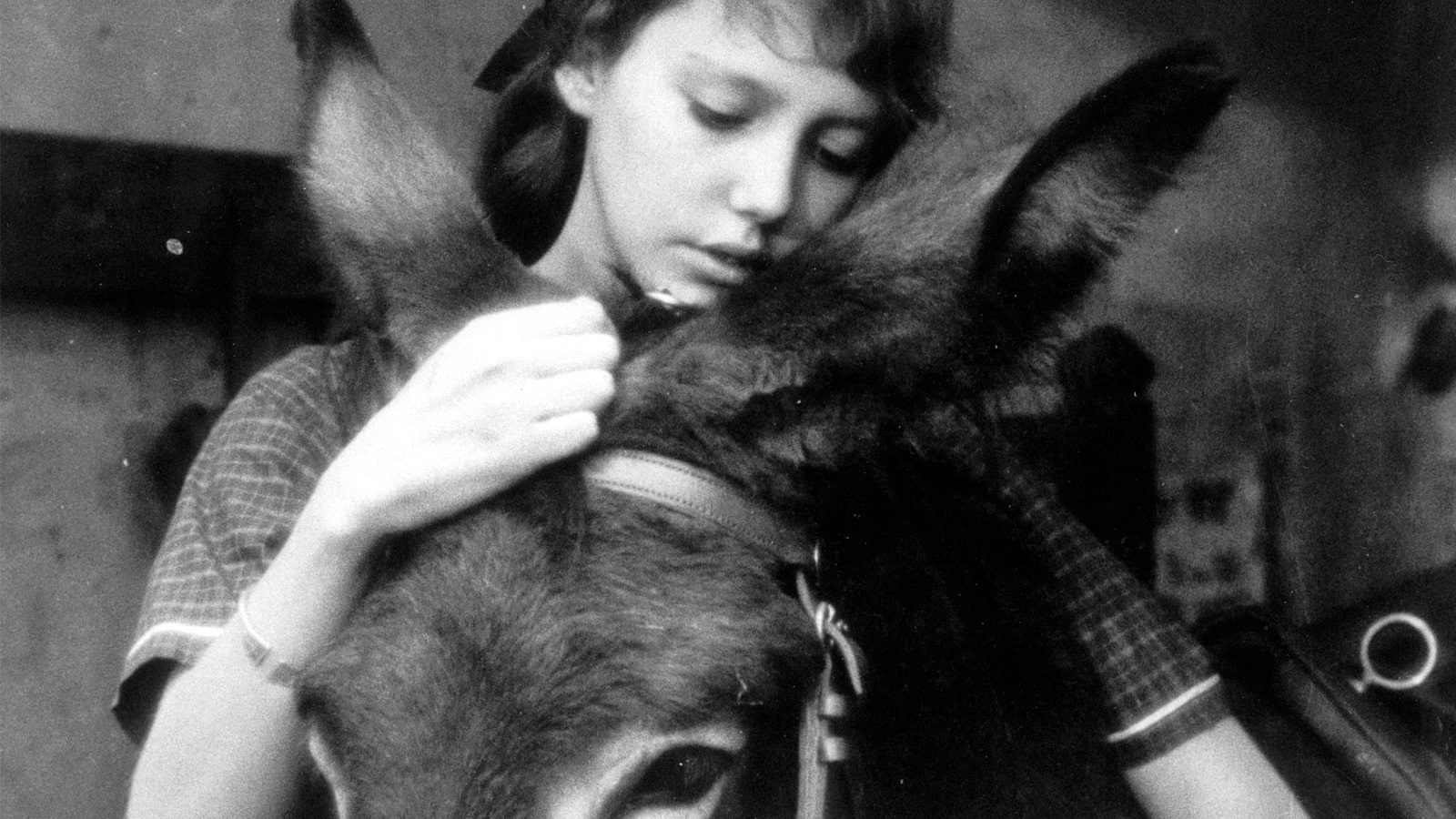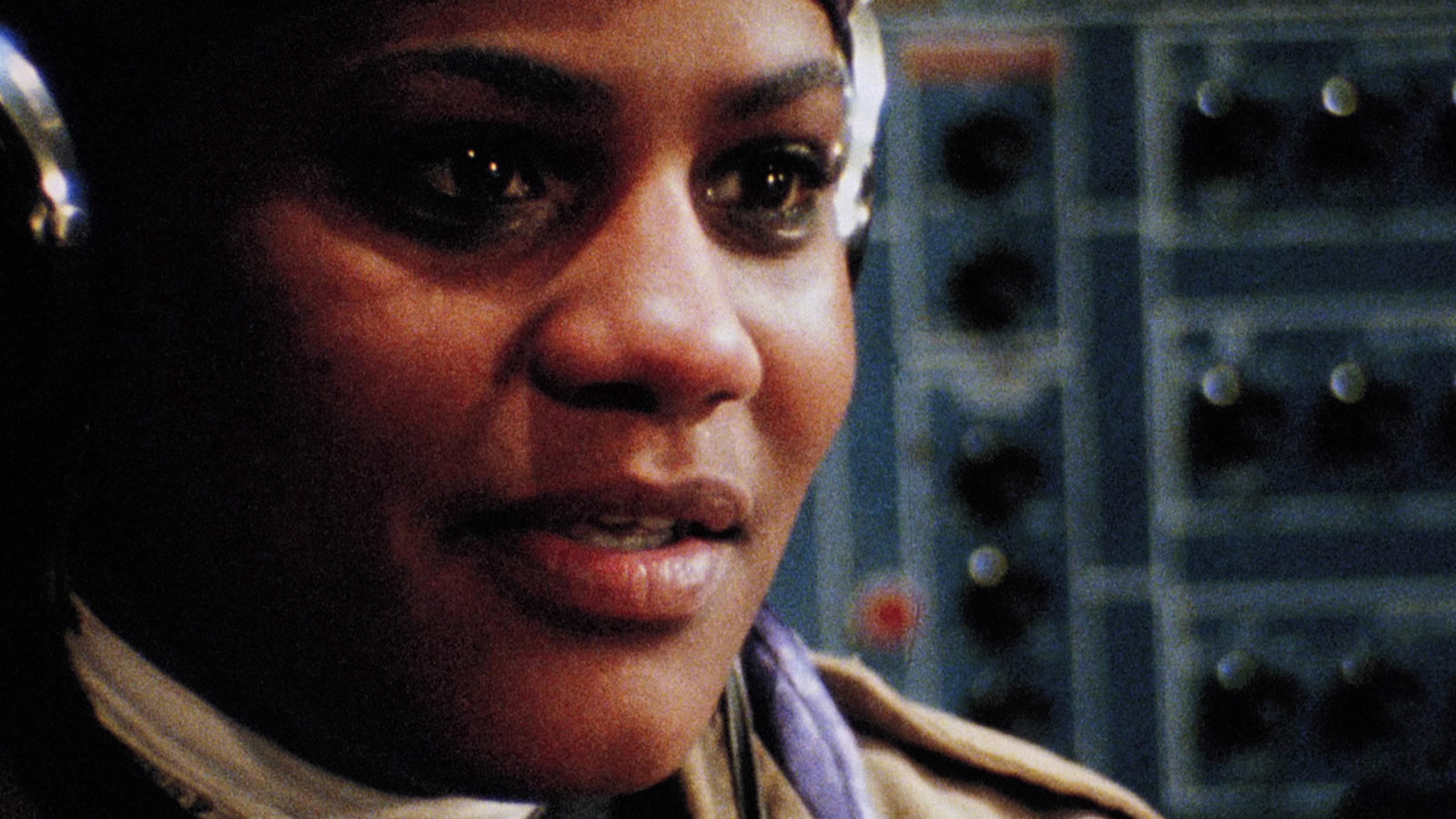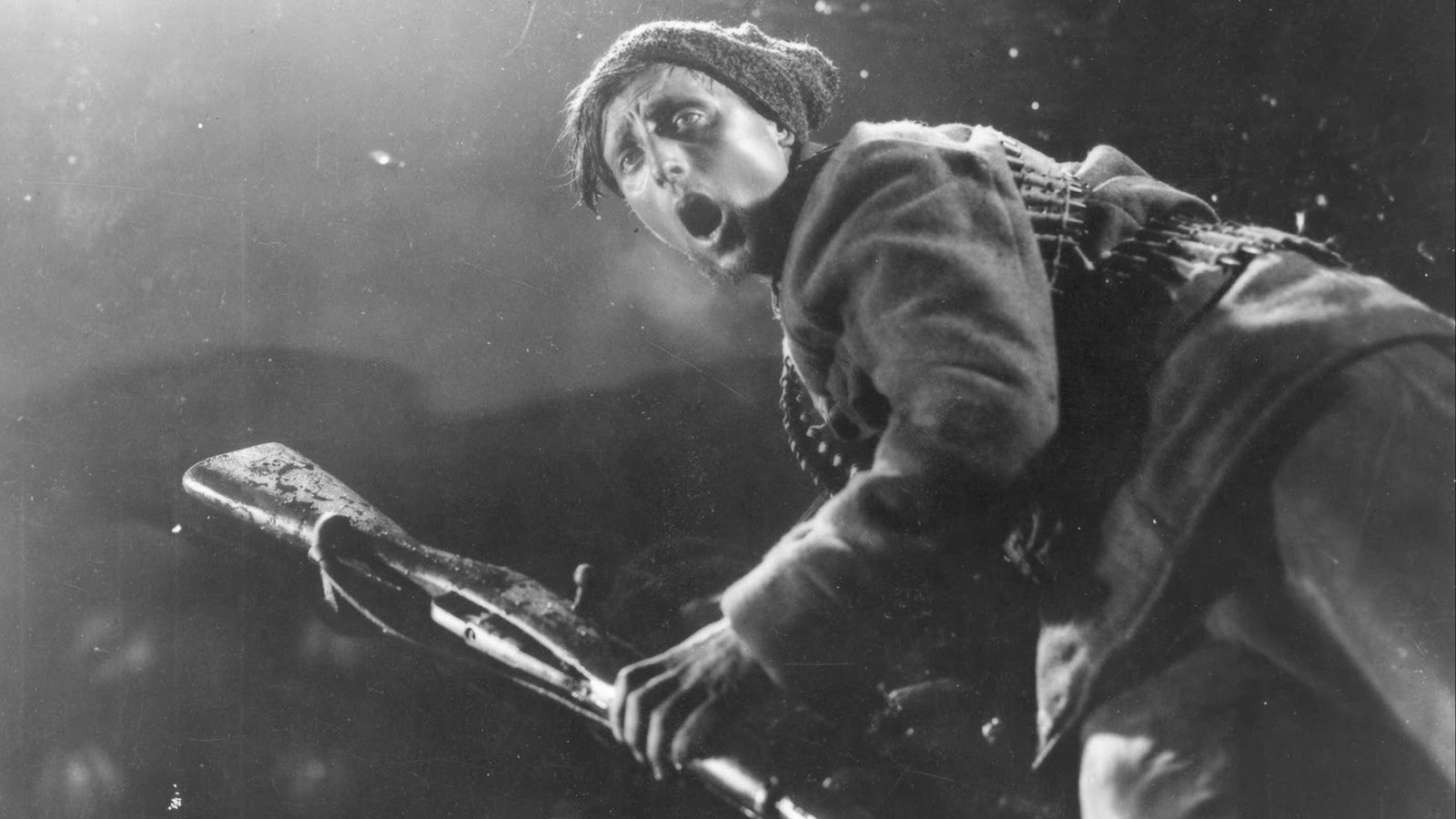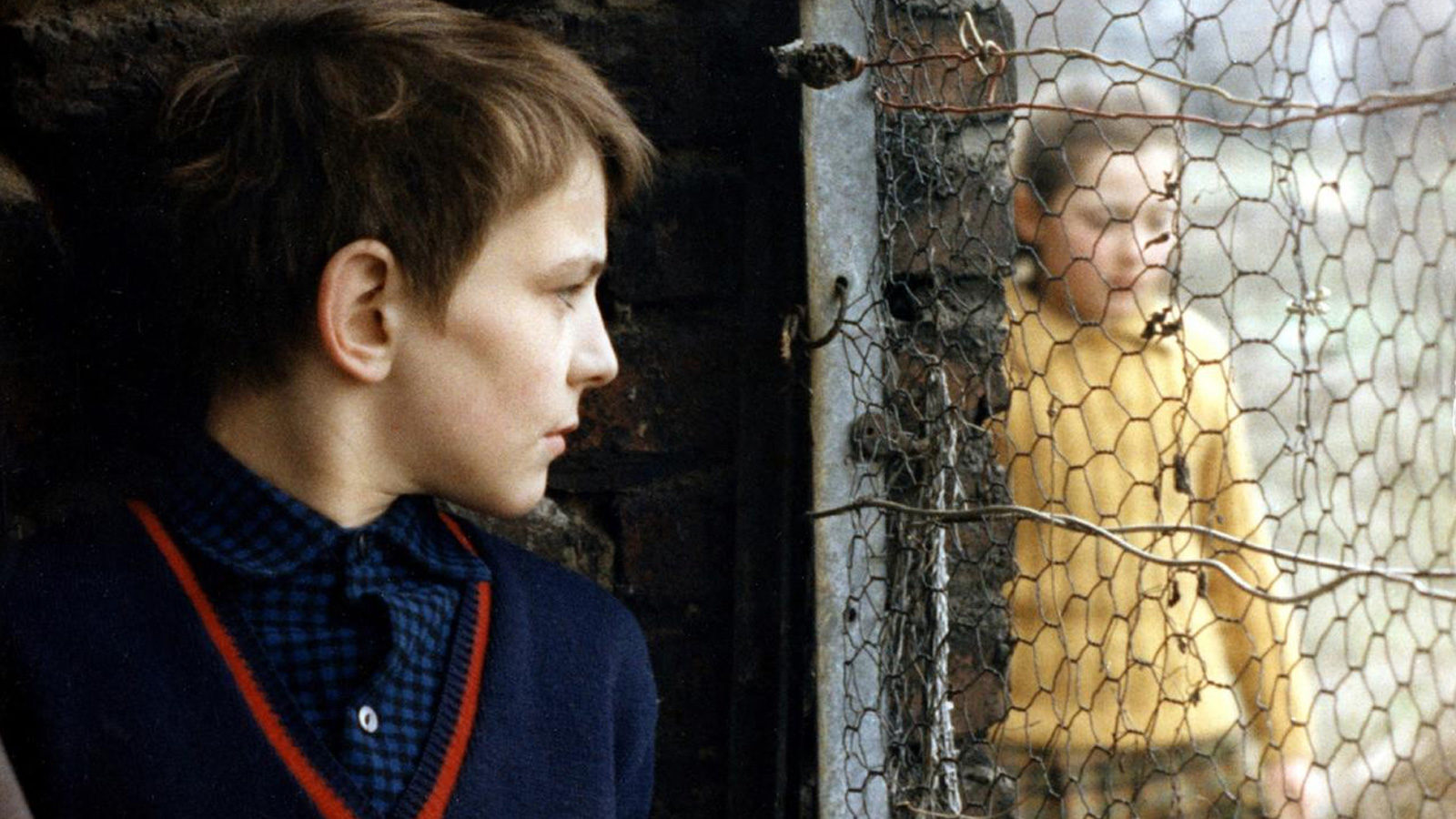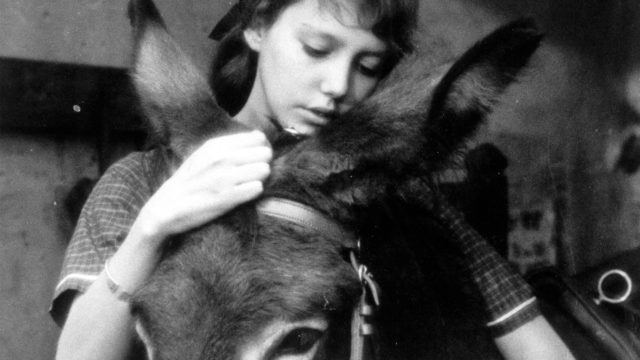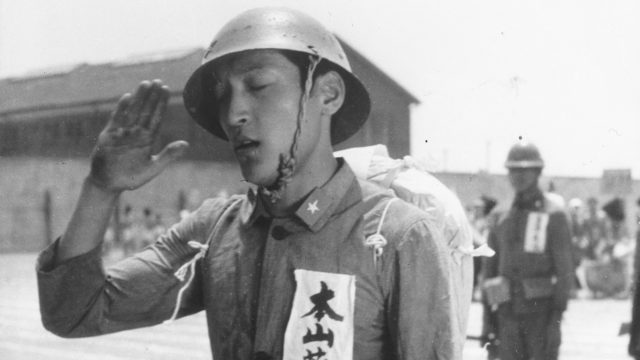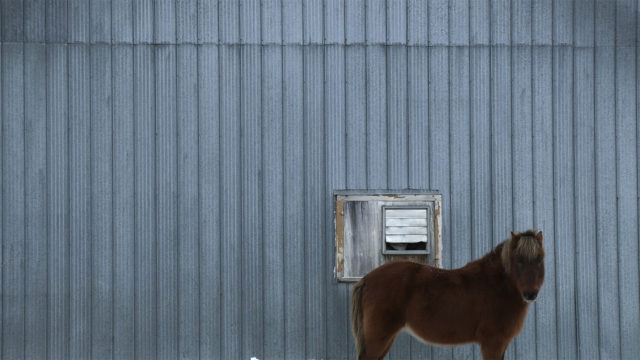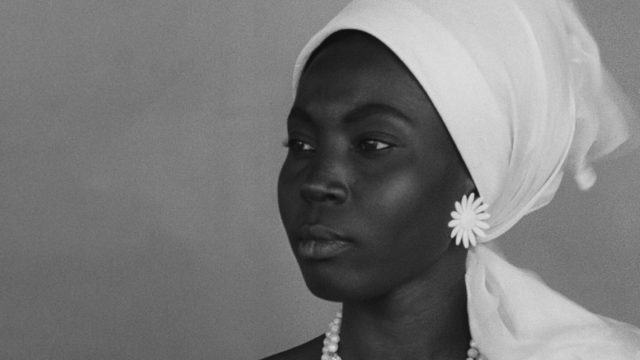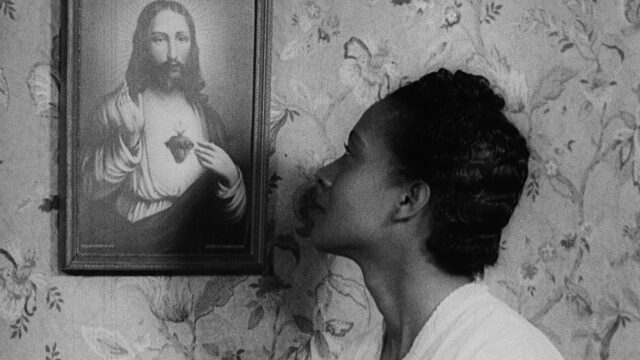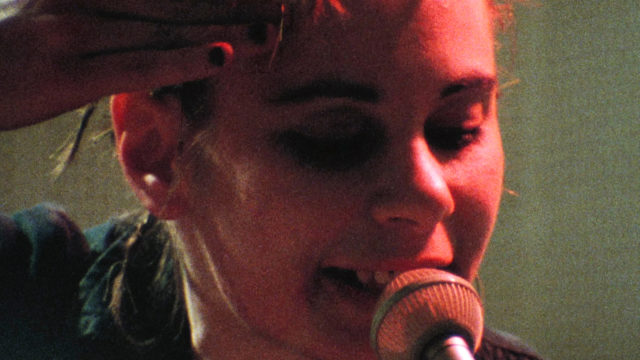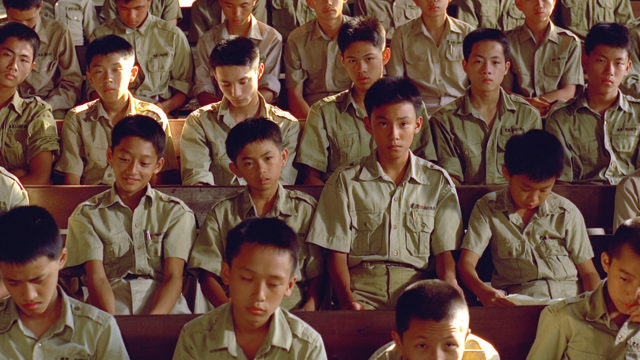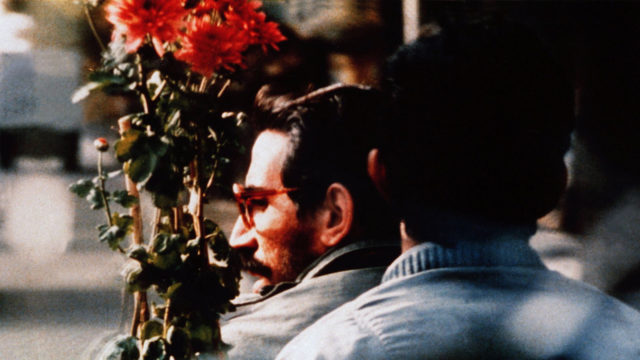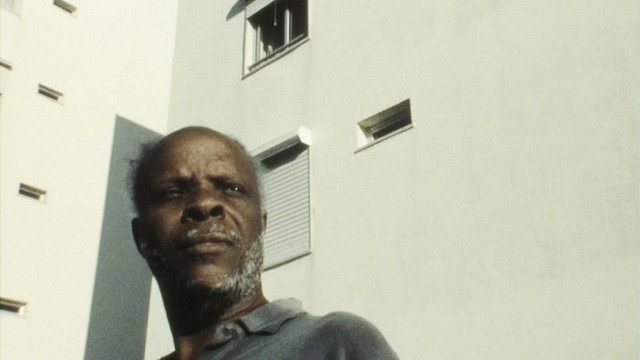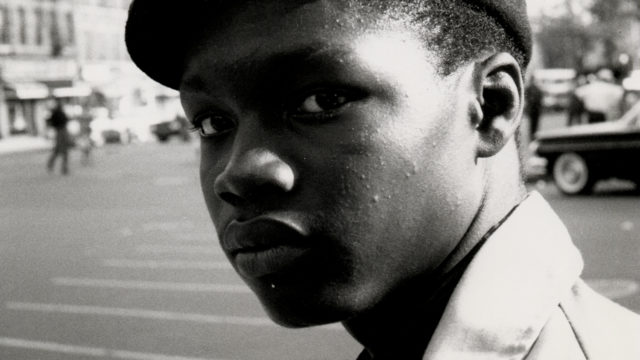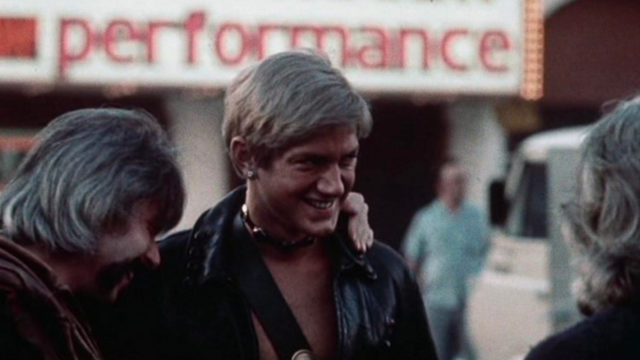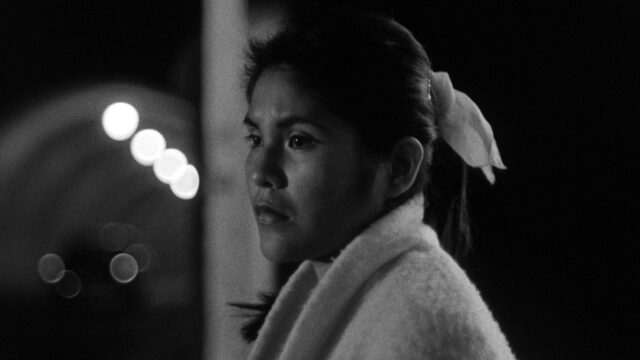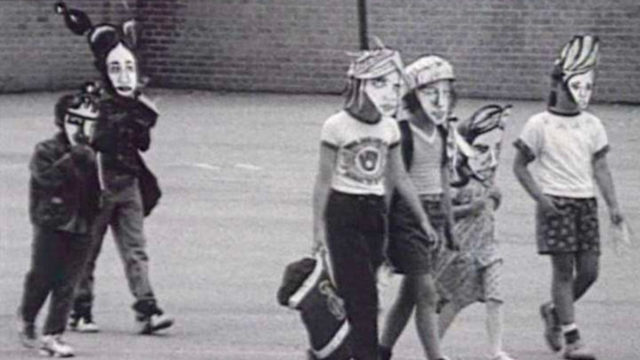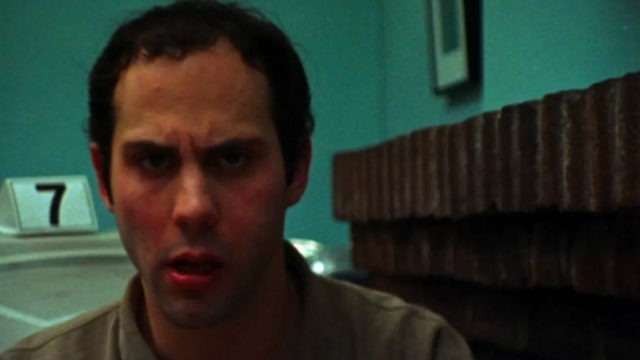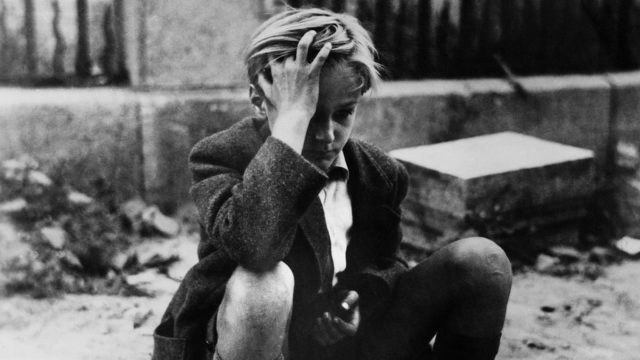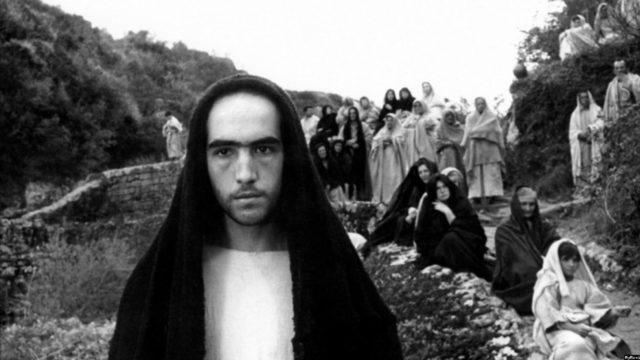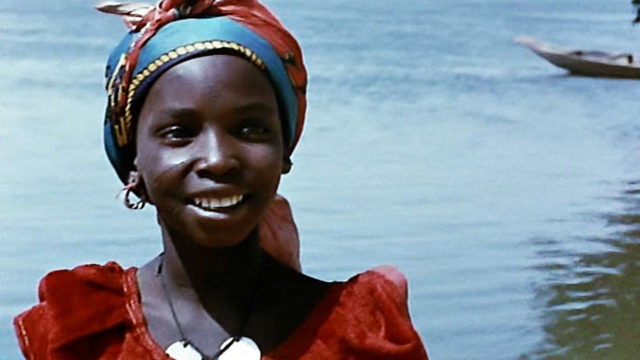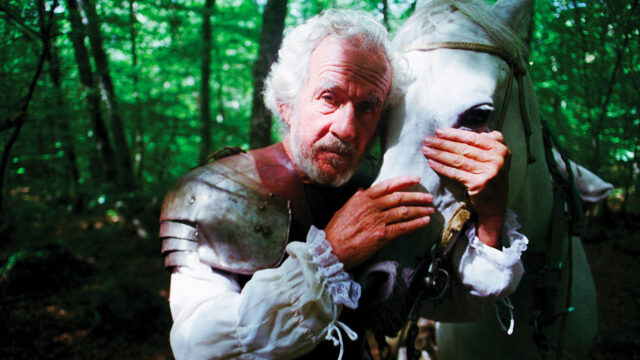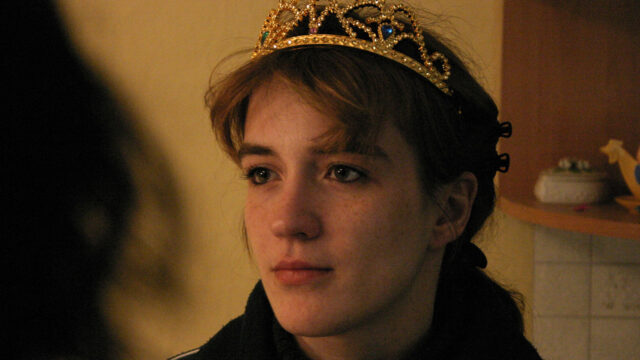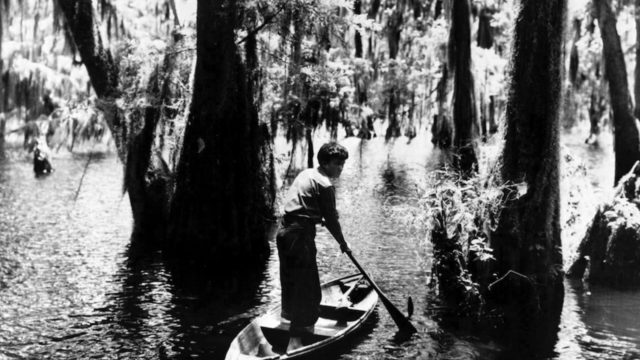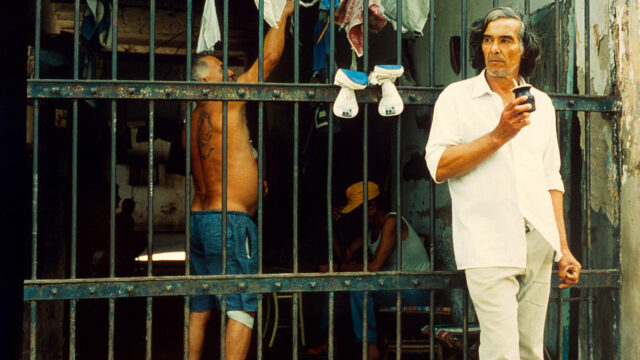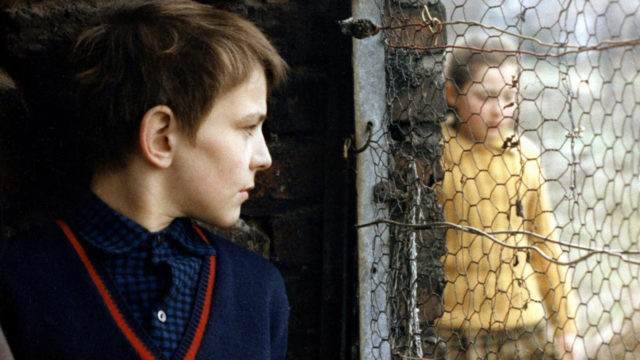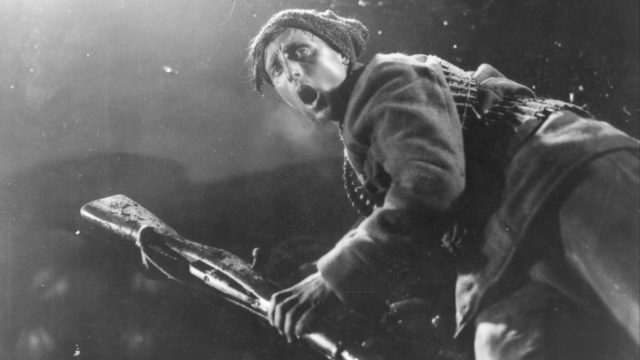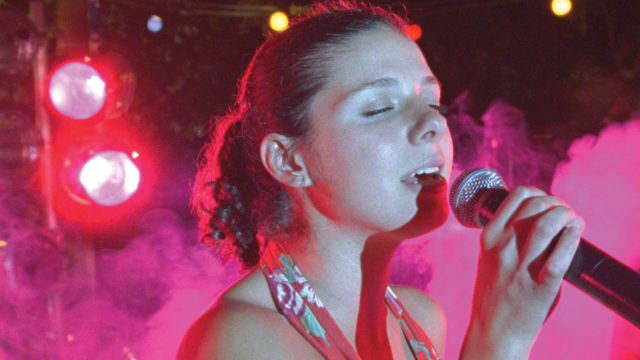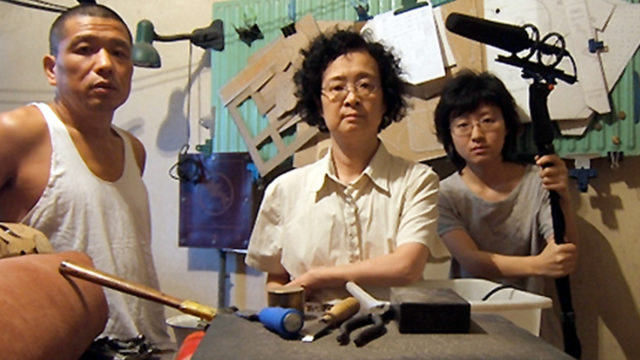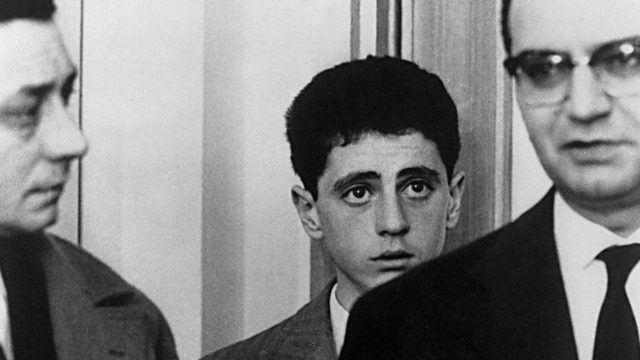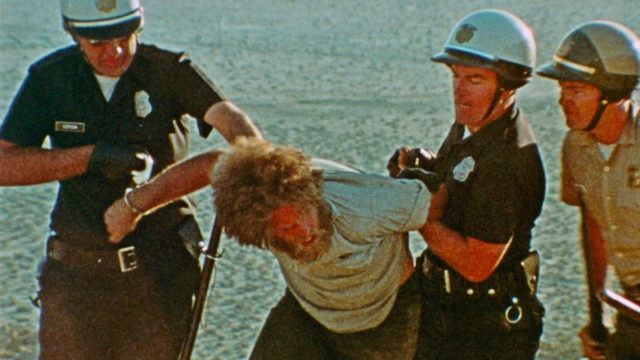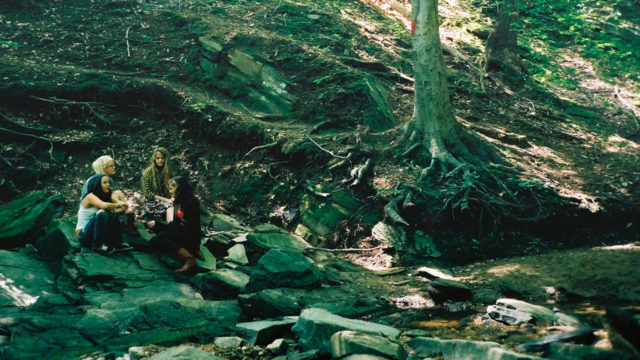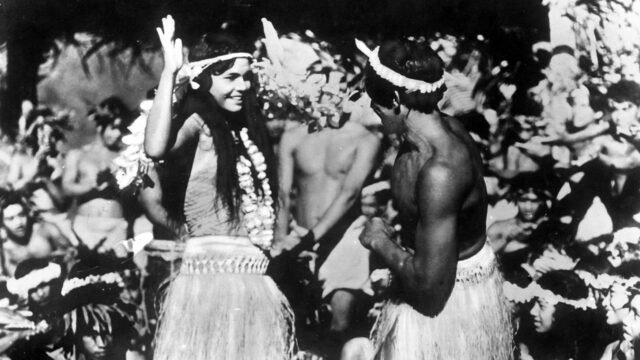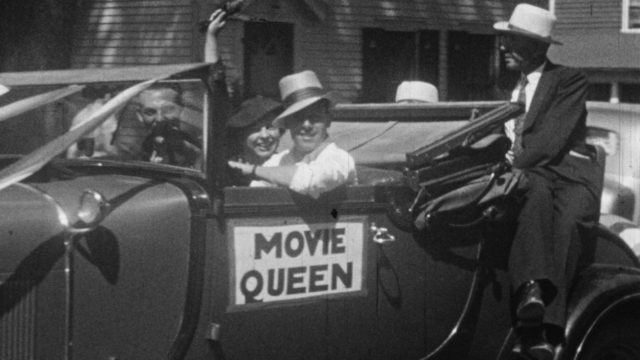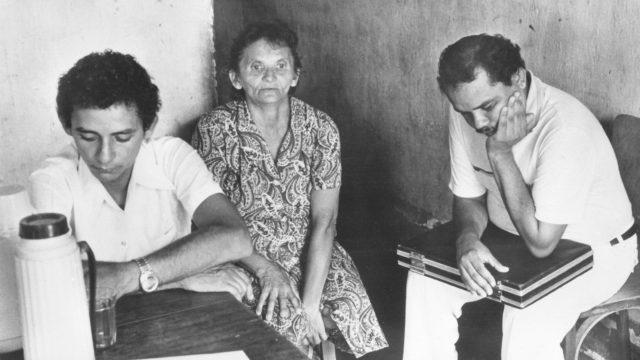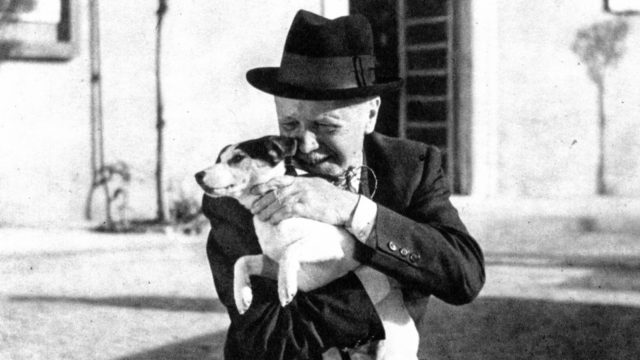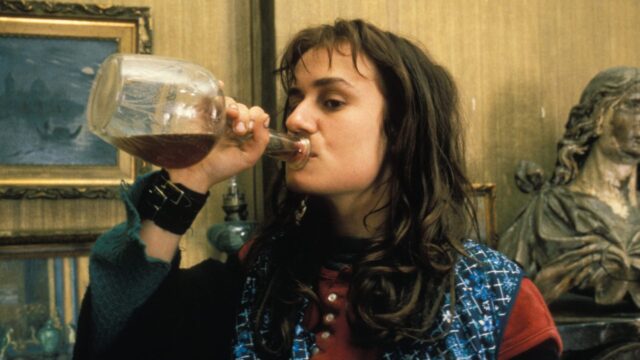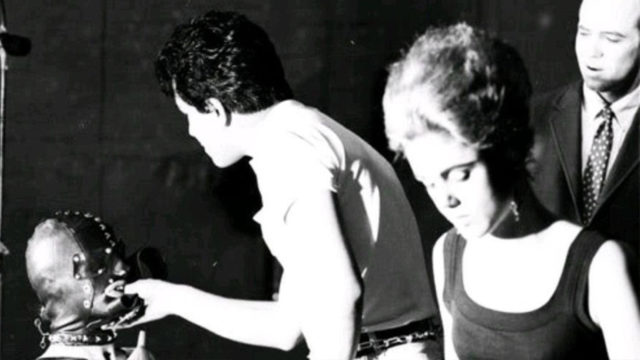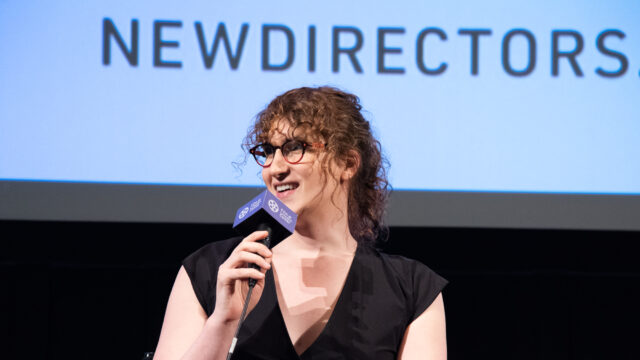The Non-Actor
Questions concerning “the real” have haunted cinema from its inception, and they have often been entwined with performance. Filmmakers have long experimented with the use of nonprofessional, untrained actors, whether to inject a measure of documentary reality into fictions, to deconstruct acting itself, or to challenge the conventions of screen performance and cinematic realism. The non-actor has emerged time and again as a totem of renewal, central to many of film history’s most consequential movements, beginning with Robert Flaherty’s subjects and Sergei Eisenstein’s principles of “typage,” continuing with Italian neorealism’s men on the street, Robert Bresson’s models, and Andy Warhol’s Superstars, and running through the work of innovators as varied as Shirley Clarke, Straub-Huillet, Agnès Varda, and Pedro Costa. This series is a historical survey of the myriad ways in which filmmakers have used so-called amateurs to reimagine the language of cinema and to investigate (and perhaps fundamentally change) the medium’s relationship with the realities it depicts.
Organized by Dennis Lim and Thomas Beard
Acknowledgments:
Anthology Film Archives; Cinemateca Portuguesa; the Cultural Services of the French Embassy NY; Harvard Film Archive; Institut Français; Istituto Luce Cinecittà; The Jones Film and Video Collection, Southern Methodist University; Northeast Historic Film; UCLA Film & Television Archive; Peter Watkins; Valeska Grisebach; Pedro Costa; Ronald Bronstein; Teemour Mambety; Miguel Gomes
Read More:
Village Voice‘s Leo Goldsmith:
Drawing together nearly three dozen films, the program traces a fascinating lineage of amateur performance across history, geography, and genre. From agitprop and docufiction to neorealist art cinema and Warholian experimentation, the series highlights some of the inventive ways filmmakers have enlisted the non-actor to create new hybrids of the real and the imaginary.
Artforum‘s Tony Pipolo:
It’s hard to imagine a more eclectic group of films sharing a single series than those being screened by the Film Society of Lincoln Center under the umbrella title “The Non-Actor.”
Film Comment‘s Chris Shields:
Ever since the workers left the Lumière Factory, “real people” have played an essential role in cinema. The notion of what constitutes nonprofessionals or non-actors can be a slippery one, but broadly speaking, the sociopolitical authenticity and unfiltered psychological realism presumed in such casting has been sought at least since Italian neorealism.
The impulse to draw on non-actors, this series suggests, has moved filmmakers for nearly a century and continues to figure in debates over realism, documentary, and the ethics and politics of filmmaking.
Au hasard Balthazar
Bad Boys
Bestiaire
Black Girl
The Blood of Jesus
Born in Flames
A Brighter Summer Day
Close-up
Colossal Youth
The Cool World
Dusty and Sweets McGee
The Exiles
Flat Is Beautiful
Frownland
Germany Year Zero
The Gospel According to St. Matthew
Jaguar
Knight’s Honor
Longing
Louisiana Story
Los Muertos
Naked Childhood
October
Othon
Our Beloved Month of August
Oxhide
Pather Panchali
Il Posto
Punishment Park + Rat Life and Diet in North America
Introduction by Leo Goldsmith on August 9
Shot in a documentary style, with non-actors cast partly according to their political sympathies, Watkins’s dystopian fantasy imagines a near-future where due process in America has been suspended as a response to increasing civil unrest, and the fates of political dissidents are instead determined by tribunal.Putty Hill
Introduction by Matt Porterfield
In Porterfield’s keenly observed portrait of young people in a Baltimore suburb coming together in the wake of a friend’s death, the actors play versions of themselves. Lertxundi prefers to work with non-actors as well, though the narrative of Cry When It Happens only flirts with legibility, presenting not a story but rather an enigmatic and emotionally resonant experiment with the conventions of film’s visual syntax and our attendant expectations.Tabu
Touki Bouki
Three Movie Queens
Free Screening!
Throughout the 1930s, Margaret Cram directed the same film again and again by traveling to cities across New England and producing her Movie Queen scenarios with the people who lived there. This program of three such reels gives a rare glimpse into a little-known genre of amateur filmmaking, which achieves a curious poignancy through the repetition of its design.Twenty Years Later
Introduction by Kleber Mendonça Filho and Juliano Dornelles
In 1964, Eduardo Coutinho was at work on a film about João Pedro Teixeira, who was murdered by the police as a result of his efforts to organize farm workers in northeast Brazil. Shooting was promptly halted as a result of the military coup that same year, but two decades later the director resumed production, resulting in a prismatically reflexive, genre-defying essay on political commitment and life under dictatorship.Umberto D.
Vagabond
Introduction by Rosalie Varda on January 5
The heroine of one of Varda’s most celebrated features, played in a career-high performance by Sandrine Bonnaire, is a strong-willed young woman for whom freedom is its own costly end.Vinyl
Tickets are now on sale! To begin the purchase process, log in to your account. Don’t have an account? Sign up for one today.
To purchase tickets to individual films, please click on the “Films” or “Schedule” tabs at the top of this page and then click on your desired films or showtimes.
3+ Film Package – Minimum of 3 films required. Tickets just $8 Members / $9 Students & Seniors / $11 General Public.
All Access Pass – See everything in the series for $150.
Note: Member complimentary tickets can be used for this series.
Not a member? Take advantage of discounted tickets, early access periods, complimentary offers year-round, and more by becoming one today! Join here.

